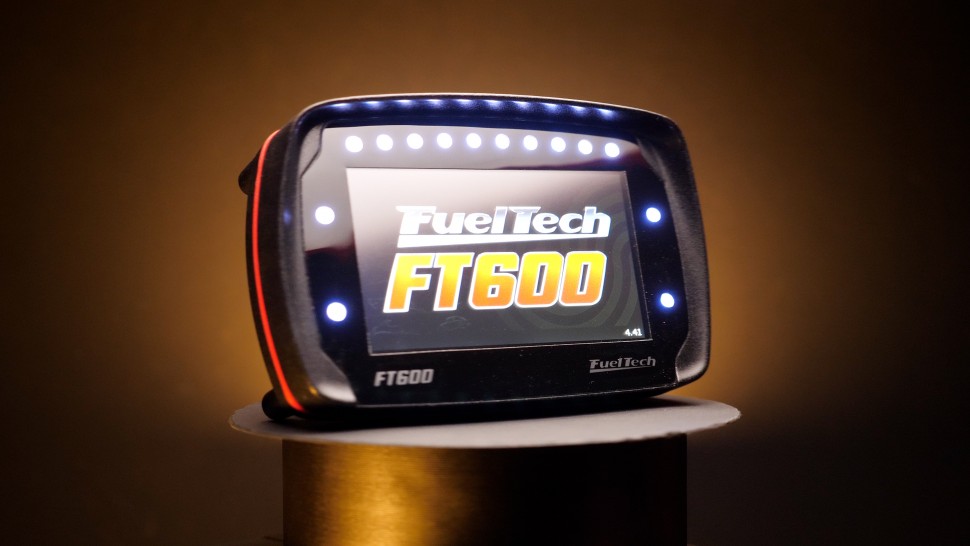| 00:00 |
Now, that our printer is set up and good to go, and we've sliced our model, creating instructions for the printer, we're ready to start printing the part.
|
| 00:08 |
If we've done everything right up to this point, the beauty of CNC additive manufacturing means we have very little work to do here.
|
| 00:16 |
As we've discussed in the last module, some printers allow us to send the print file directly from the slicer via Wi-Fi.
|
| 00:24 |
But alternatively, we can save the print file to a USB drive and then insert this into the printer.
|
| 00:30 |
From here it's just a matter of using the controls on the screen and navigating to the file that we want to print.
|
| 00:36 |
So, with the hood of the printer closed, we can start the print and basically let the machine work its magic.
|
| 00:43 |
Remember, good ventilation is necessary, and ideally we want to keep the room free of any ambient UV light, and also be sure to wear appropriate PPE when working with the printer or resins.
|
| 00:56 |
As each layer is cured and the print bed retracts, we'll likely be able to hear a subtle pop from the release film.
|
| 01:02 |
The Elegoo printer we're using in this example has a tilt release technology that essentially tilts the vat, allowing the model to be peeled off the release film easier and faster.
|
| 01:14 |
Some printers also have a camera that monitors the process of the part as it lifts up out of the vat, potentially detecting any failures, at which point the print will be paused.
|
| 01:25 |
After the print is complete, we can unlatch and remove the build plate from the machine, setting it down on a designated dirty surface that we don't mind getting exposed to excess resin that drips off the parts.
|
| 01:37 |
We can use our plastic scraper or carefully use a metal scraper to remove the part from the build platform.
|
| 01:43 |
Any supports can also be broken off, sometimes with the help of other tools like pliers or flush cuts, depending on how stubborn they are.
|
| 01:52 |
At this point it's good practice to clean the build plate with some isopropyl alcohol to remove any leftover resin.
|
| 01:58 |
This way we know the printer is ready to go for the next job.
|
| 02:02 |
We'll continue with any finishing processes we might want to apply to the part in the following modules, so for now let's just summarise what we've covered.
|
| 02:10 |
Having done our preparation work and chosen suitable settings, the CNC aspect of 3D printing makes the actual printing process relatively autonomous.
|
| 02:20 |
After slicing, we can either send the file to the printer wirelessly, using a memory stick or sometimes with a wired connection, and then we can start the print.
|
| 02:30 |
Some printers will monitor the process using cameras to detect failures and pause the print should something go wrong.
|
| 02:37 |
After a successful print, the part can be removed from the build plate and any support material can be broken off and the build plate cleaned with isopropyl alcohol so it's ready for the next job.
|





